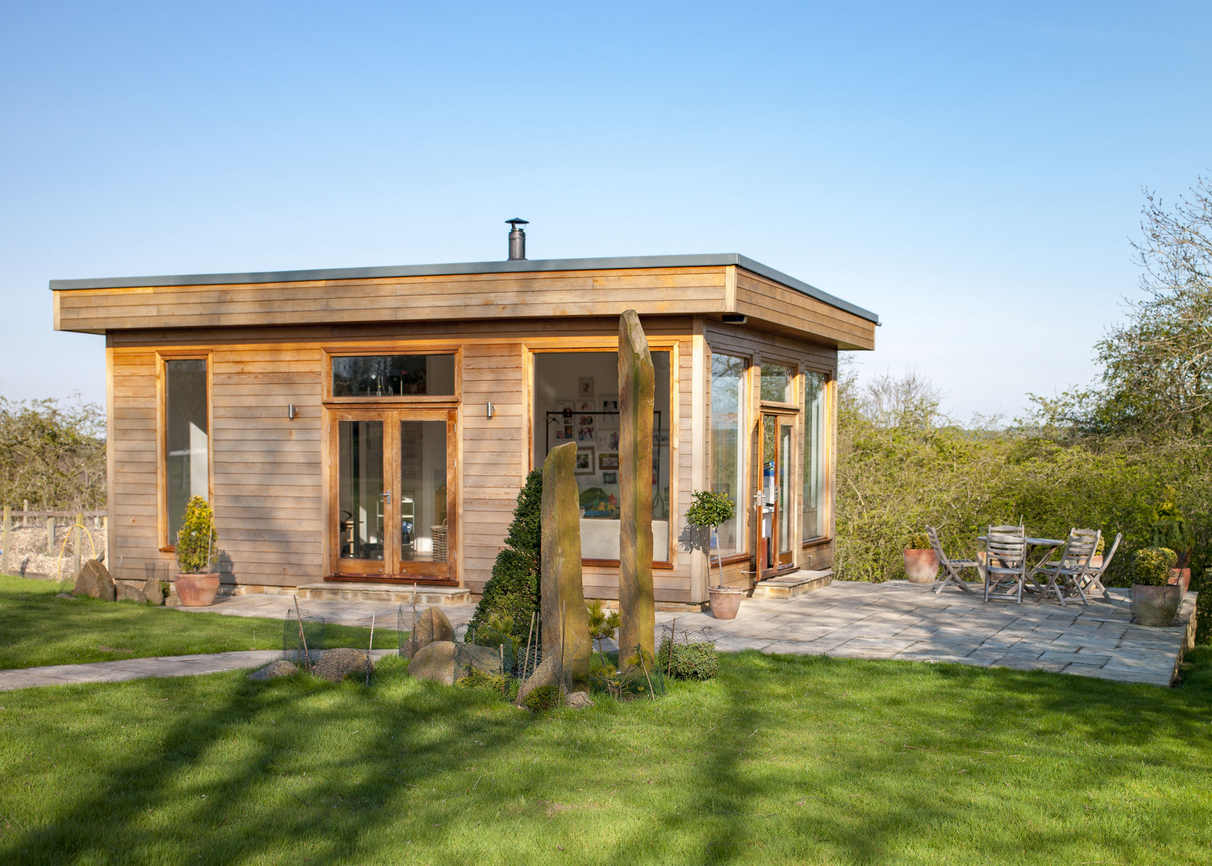Pets are beloved members of our families, bringing joy, companionship, and a whole lot of love into our homes. But as pet owners, we must also keep their safety in mind, especially when it comes to the plants we have indoors. Many common houseplants can be toxic to our furry friends, so it’s essential to choose pet-friendly options that will keep both our pets and plants healthy. In this ultimate guide, we will explore a variety of pet-friendly indoor plants that will add beauty and greenery to your home while keeping your fur babies safe. If you start searching the options below, you can find the best deals for you.
Navigate Through the Greenery: Table of Contents
Before we dive into the world of pet-friendly indoor plants, let’s take a quick look at what this guide has in store:
- A Guide to Indoor Plants: Everything You Need to Know
- The Vibrant Areca Palm: A Tropical Delight
- The Resilient Spider Plant: A Must-Have for Every Home
- Boston Fern: Bringing Elegance and Freshness to Your Space
- Swedish Ivy: A Cascading Beauty for Your Indoor Garden
A Guide to Indoor Plants: Everything You Need to Know
Before we delve into specific pet-friendly indoor plants, let’s start with some general information that will help you create a thriving indoor garden. Indoor plants not only add beauty to your space but also have numerous health benefits. They can purify the air, boost humidity levels, and reduce stress. When choosing indoor plants, consider factors such as lighting conditions, temperature, and the size of your space. It’s also important to remember that even pet-friendly plants may cause mild stomach upset if ingested. If you notice any symptoms or concerns, consult your veterinarian immediately.
The Vibrant Areca Palm: A Tropical Delight
Bring the tropical vibes into your home with the vibrant and pet-friendly Areca Palm. With its feathery, arching fronds, this plant adds a touch of elegance to any room. Besides its aesthetic appeal, the Areca Palm is known for its air-purifying properties, making it a perfect addition to your indoor oasis.
Care Tips for Areca Palm: Keeping Your Plant Thriving
To ensure your Areca Palm stays happy and healthy, here are some care tips to keep in mind:
- Light: Place your Areca Palm in a bright, indirect light area away from direct sunlight.
- Water: Keep the soil consistently moist but not waterlogged. Allow the top inch of soil to dry out before watering again.
- Humidity: Mist the leaves regularly or use a humidifier to maintain the required humidity level.
- Fertilizer: Feed your Areca Palm with a balanced liquid fertilizer once a month during the growing season.
- Pruning: Remove any yellow or brown fronds to keep your plant looking its best.
The Resilient Spider Plant: A Must-Have for Every Home
The Spider Plant is a popular choice among pet owners due to its non-toxic nature and resilience. Its long arching leaves, often adorned with white stripes, create a stunning visual impact. Spider plants are known for their ability to adapt to a wide range of environments, making them an ideal addition to any space.
Spider Plant Propagation: How to Multiply Your Greenery
If you want to expand your collection of Spider Plants, propagating them is an easy and rewarding process. Here’s how:
- Dividing: Gently remove the Spider Plant from its pot and separate the baby plantlets from the parent plant by carefully pulling them apart.
- Planting: Plant the baby Spider Plants in pots filled with well-draining potting soil.
- Care: Provide the newly potted plants with appropriate lighting, water, and general care, similar to that of mature Spider Plants.
Boston Fern: Bringing Elegance and Freshness to Your Space
If you’re looking to add a touch of elegance and freshness to your indoor garden, the Boston Fern is an excellent choice. With its delicate fronds and lush green foliage, this pet-friendly plant creates a soothing atmosphere and purifies the air.
Creating the Perfect Environment for Your Boston Fern
Creating the ideal environment for your Boston Fern is crucial to its well-being. Consider the following factors:
- Light: Boston Ferns prefer bright, indirect light but can tolerate lower light conditions.
- Temperature: Maintain a temperature between 60-75°F (15-24°C) for the optimal growth of your fern.
- Humidity: Boston Ferns thrive in high humidity levels. Mist the leaves regularly or use a humidifier if the air in your home is dry.
- Water: Keep the soil evenly moist but avoid overwatering, as it can lead to root rot.
Swedish Ivy Care: Keeping Your Plant Lush and Healthy
To ensure your Swedish Ivy stays lush and healthy, follow these care tips:
- Light: Place your Swedish Ivy in bright, indirect light. However, it can tolerate lower light conditions as well.
- Water: Water your Swedish Ivy when the top inch of soil feels dry. Avoid overwatering, as it can lead to root rot.
- Fertilizer: Feed your plant with a balanced liquid fertilizer once a month during the growing season.
- Pruning: Trimming your Swedish Ivy periodically helps maintain its compact shape and encourages bushier growth.
That is our ultimate guide to pet-friendly indoor plants. With the variety of options presented here, you can create a beautiful and safe environment for both your furry friends and your plants to thrive in harmony. Remember to always research each plant’s specific care requirements and adjust accordingly to ensure their optimal growth. Happy gardening!
















